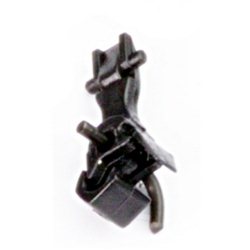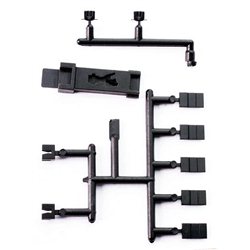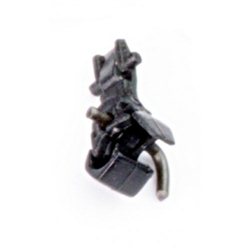Yes, there are some special considerations when wiring and controlling a 3-way turnout compared to a standard turnout...
No products
Product successfully added to your shopping cart
There are 0 items in your cart. There is 1 item in your cart.
Search Tips
What are the benefits of using magnetic couplings on my locomotives and rolling stock?
Using magnetic couplings on scale locomotives and rolling stock can offer several benefits, including:
Realistic appearance: Magnetic couplings can provide a more realistic appearance on scale models, as they do not require visible hooks, chains or links that can detract from the overall aesthetic of the model.
Improved operational efficiency: Magnetic couplings can allow for quicker and easier coupling and uncoupling of cars on a model train, which can improve the overall operational efficiency of the layout.
Reduced derailment risk: Magnetic couplings can help reduce the risk of derailments, as they allow for smoother transitions between cars, especially when navigating curves or uneven terrain.
Greater flexibility: Magnetic couplings can be used to couple cars of different sizes and shapes, making it easier to create custom train configurations and adapt to changing needs.
Overall, the use of magnetic couplings on scale locomotives and rolling stock can offer significant benefits in terms of realism and operational efficiency. While there may be some initial costs associated with upgrading to magnetic couplings, the long-term benefits can make it a worthwhile investment for model train enthusiasts.
Click here to receive the tips weekly in your mailbox. You can unsubscribe at any time.










